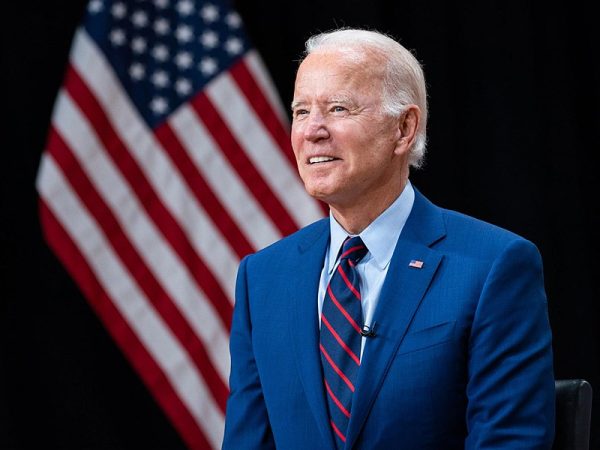A letter to the Allegheny community
Student invites peers to discuss the issues concerning raising textbook prices
Dear Gators,
Most of you know that the change in the bookstore’s policy this year made it harder for students to afford their textbooks. Students and administrators eventually reached a compromise; those who can’t pay for their books any other way will be able to talk with Pete LeBar and have the books charged to their account. But this agreement fails to address the true issue: that students are being forced into debt to pay for books. Between 2003 and 2013, textbook prices rose 82 percent, nearly four times the rate of inflation. Surveys have found that nearly half of students factor textbook costs into their decisions about which classes to take. And 94 percent of students said that their grades would be affected if they didn’t buy the textbooks for their courses.
In light of all this, I challenge members of this community to prevent conversations about textbook affordability and accessibility from dying out. What sets Allegheny apart from other colleges is the caliber of education offered here combined with our dedication to achieving social justice. Our statement of community makes it clear that we have made a commitment “to creating an inclusive, respectful and safe residential learning community that will actively confront… discrimination” and promote equality. This is all to say that while sports, late night activities and other college-sponsored events make Allegheny the place we love to live and think of as home, these expenditures are not central to the College’s fundamental purpose. Any sum spent on building renovations while students cannot afford access to their course books is an offense to the mission of Allegheny College. All of us (students, administrators and professors alike) have an obligation to help make learning more accessible. To that end, here are some ideas we might pursue to increase textbook affordability.
Professors should be encouraged to factor cost into their decisions about required materials. In introductory classes in particular, professors might compare their options and assign a cheaper book.
Professors might provide the page numbers for readings in the next-to-most recent editions of books and upload supplementary materials missing from older editions to Sakai. This would allow students to buy older editions and therefore keep up in class while saving hundreds of dollars in some cases.
The Pelletier Library should create a “reserves” section comprised of the textbooks required for each course during the current semester. These books would be available for in-library use only. This would allow students who cannot afford to purchase or rent their own books and who are waiting for books to be shipped from vendors can participate fully in their classes.
Students and professors could work together to redesign courses around open source textbooks and free online resources. Students who have already completed a particular class might, as an independent study, research free alternatives to the previously assigned books. This could be an excellent opportunity for students to engage more deeply with course materials, provide feedback for professors and gain experience designing and structuring a course.
This is hardly a definitive list of our options. I know that all of you are capable of coming up with dynamic solutions to this issue and that’s why I want all of you to be a part of the ongoing discussion around textbook affordability.
In closing, I want to emphasize that this issue is much larger than the recent change in bookstore policy. I am asking you to think about what message we are sending to students by making socio-economic status a barrier to education. I am asking that we make a statement about the broader values of this community.
Sincerely,
Brianna Cusanno




